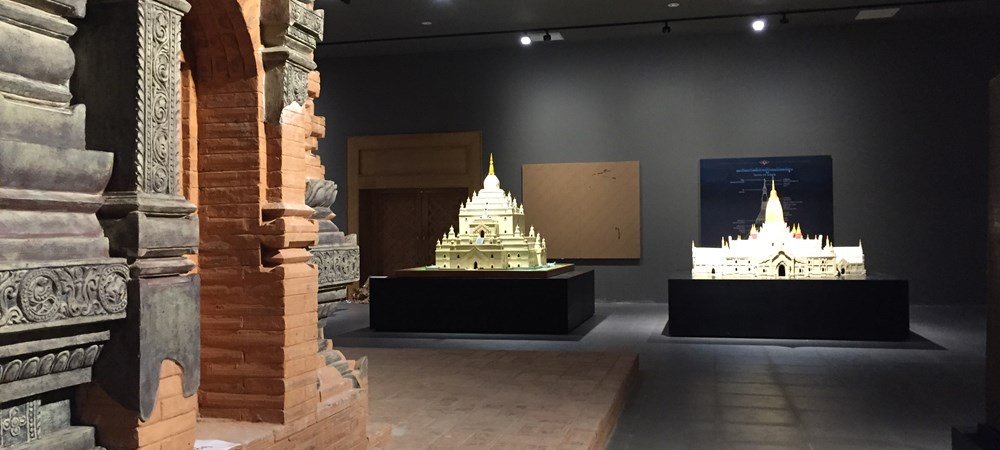

The National Museum in Naypyidaw, the capital of Myanmar, serves as a vital institution preserving the history, heritage, and culture of this Southeast Asian nation. Established relatively recently in comparison to its counterpart in Yangon, which was founded in 1952, the National Museum in Naypyidaw was inaugurated on July 15, 2015. The museum caters to the growing demand for cultural and historical tourism in the country and complements the existing presence of important artifacts in other regions of Myanmar.
In its infancy, the National Museum in Naypyidaw aimed to educate both locals and international visitors about Myanmar's rich past. The museum's strategic placement in the country's political hub was part of the government's initiative to develop Naypyidaw as a center for not only politics but also culture and tourism. With several exhibition halls that showcase everything from the prehistoric era to modern times, the museum has become a go-to location for those interested in exploring the depths of Burmese history.
Initial tourism at the museum was primarily driven by domestic visitors and a modest number of international tourists, indicative of Myanmar's restrictive tourism policies in the past. However, since the country's gradual opening up to the international community in the late 2000s and early 2010s, there’s been a steady increase in foreign tourists visiting this landmark.
The National Museum offers an array of attractions, including:
The museum has continuously expanded its collection, catering to an audience eager to understand the nation's historical lineage and diverse cultural influences.
In recent years, there has been a significant shift towards sustainable and educational tourism in Myanmar. Tourists visiting the National Museum are increasingly looking for authentic experiences that allow them to engage with Myanmar's past and present. There is a greater emphasis on understanding the significance of cultural artifacts and the stories behind them.
Moreover, the use of modern technology, including audio guides and interactive displays, has become a trend in enhancing the visitor experience. Museums around the world are adopting digitalization, and Myanmar is no exception. Naypyidaw's National Museum is incorporating such technologies to offer a more immersive and informative visit, accommodating visitors who seek a deeper connection with the exhibits.
The National Museum has also been involved in international collaborations, hosting exhibitions abroad to promote Myanmar's cultural heritage and increase its visibility on the global stage. These endeavors not only boost tourism but also encourage cultural exchange and preservation.
Lastly, the importance of promoting local heritage has been recognized, with the museum playing a key role in educating the younger generations of Myanmar about their own history and culture, ensuring that the value of these assets is not lost in the face of modernization and globalization.
The National Museum in Naypyidaw continues to be an important institution in Myanmar's tourism landscape, bridging the past and the present while contributing to the cultural education and enlightenment of its visitors from both Myanmar and around the world.